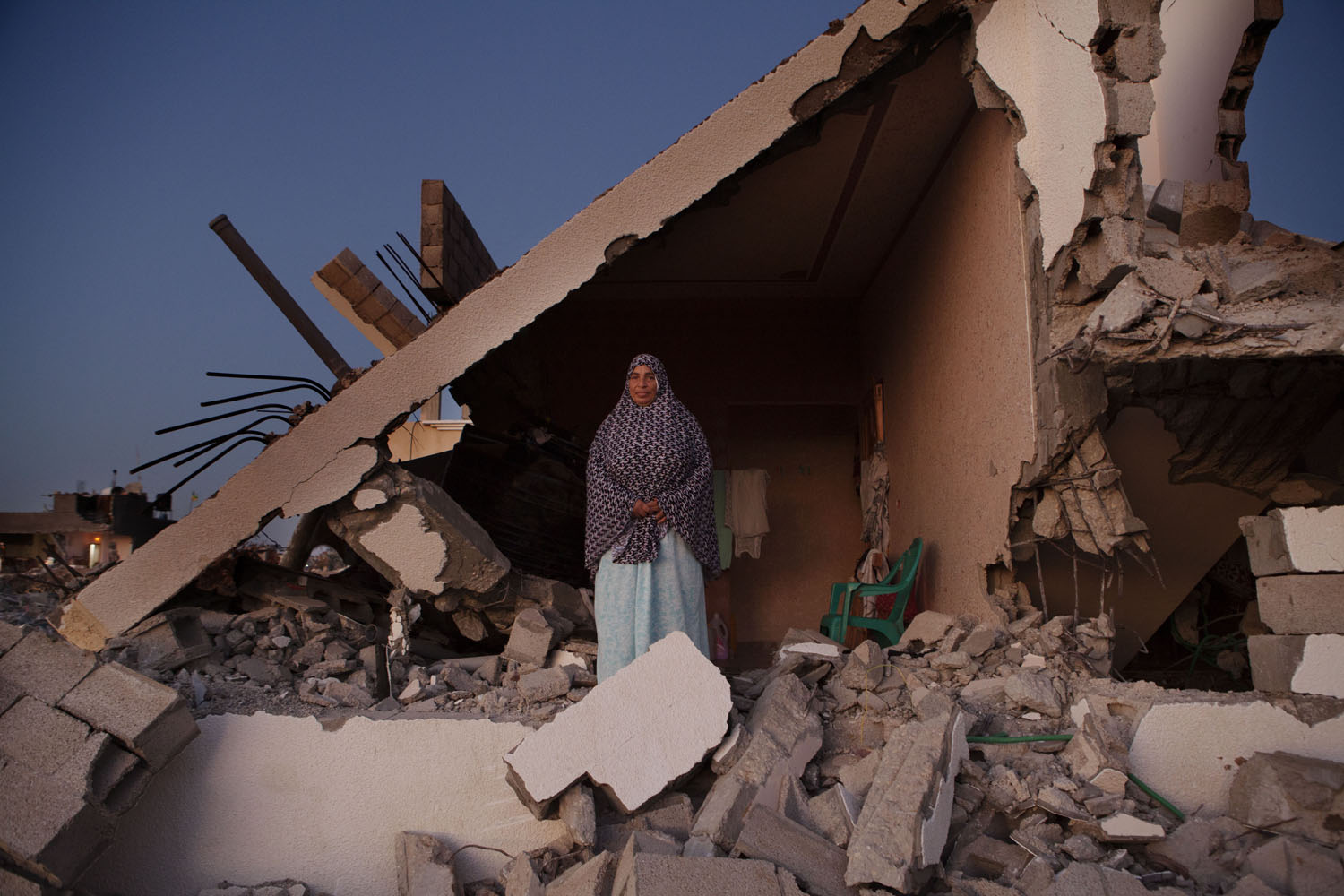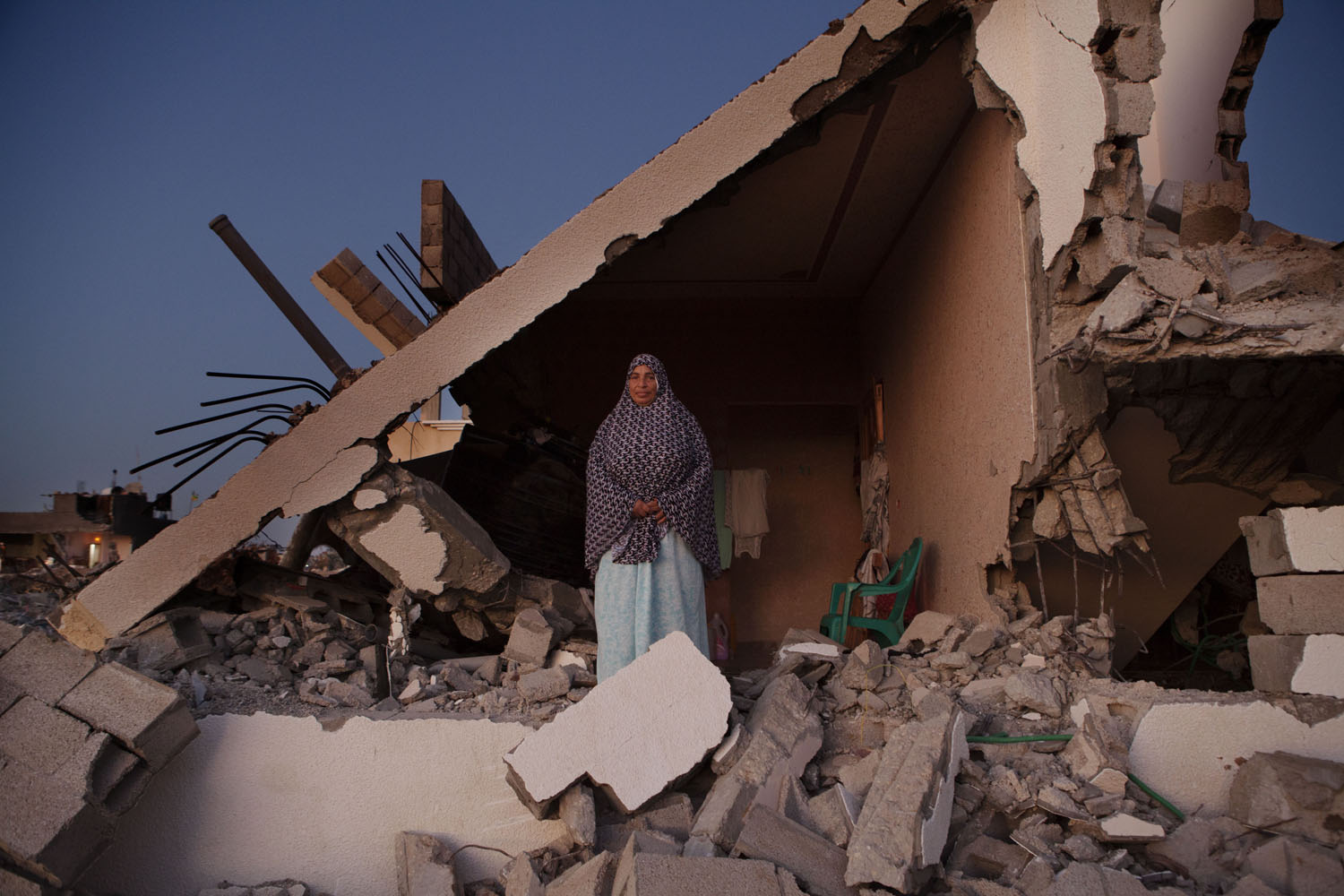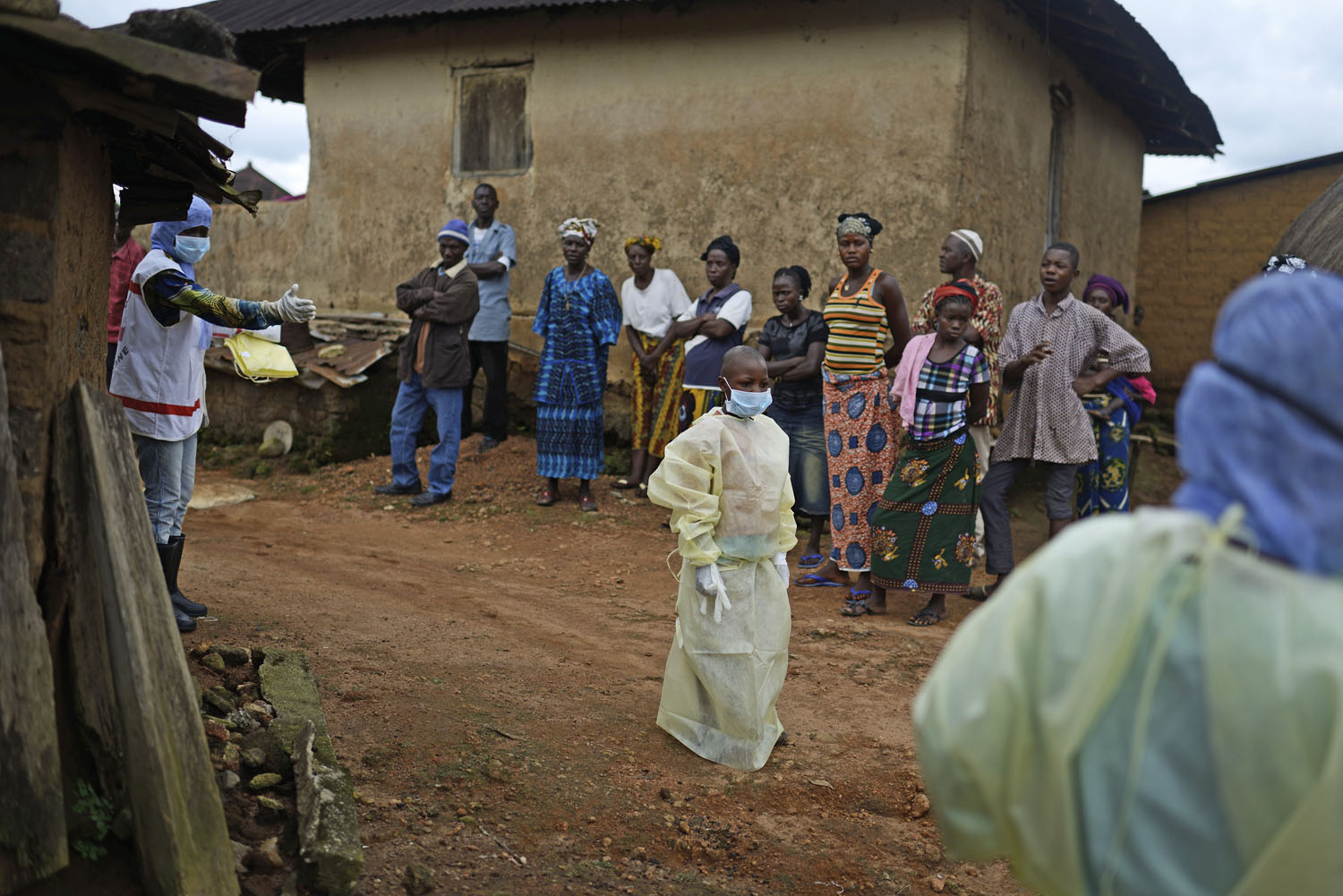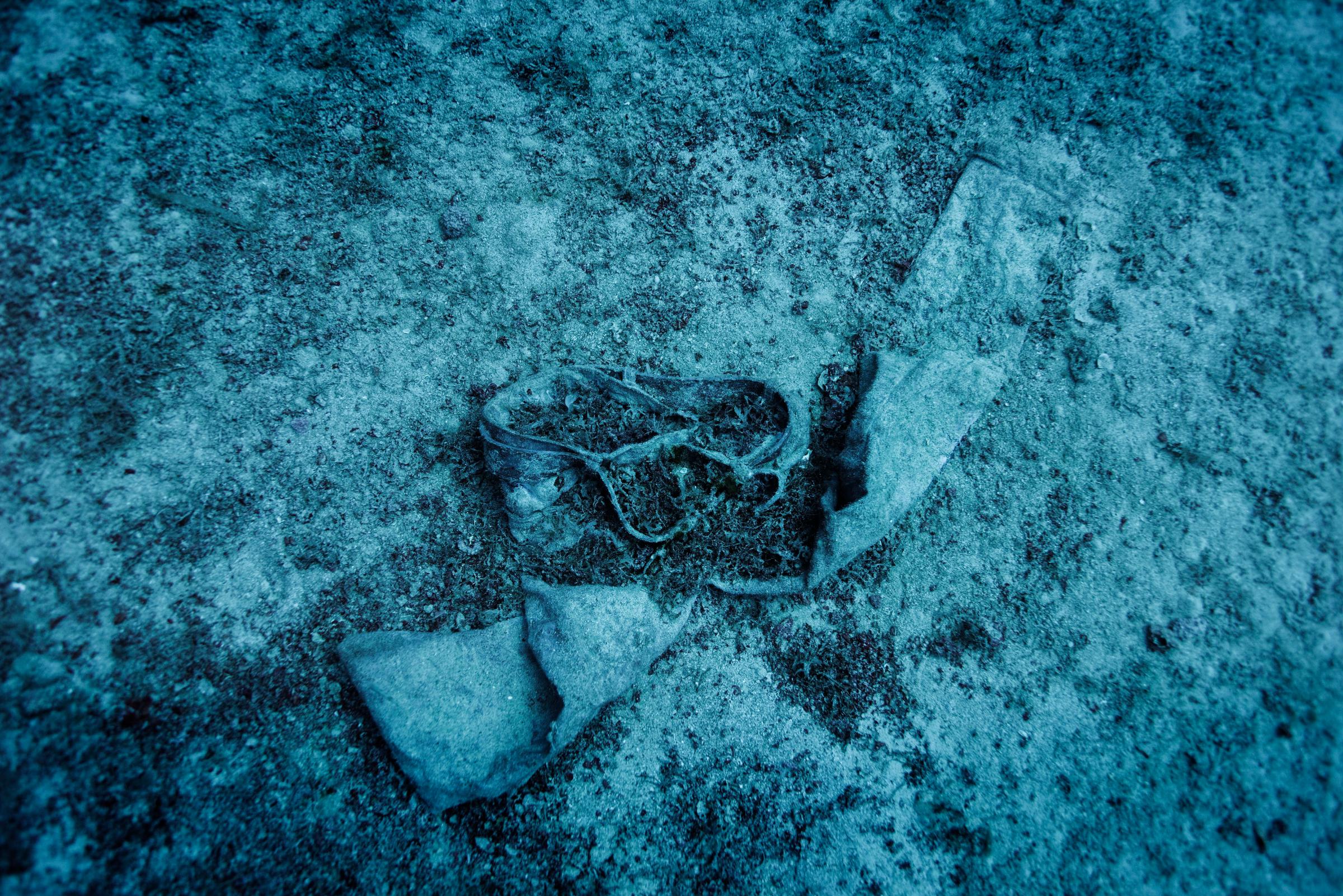
Today’s daily Photojournalism Links collection highlights Q. Sakamaki‘s portraits from the Gaza Strip. This past summer’s conflict between Israel and Palestinian militant groups took a heavy toll on the coastal enclave’s 1.8 million people — more than 2,000 people were killed in Gaza (and 70 in Israel) — and shredded much of its infrastructure. Sakamaki traveled south to Khan Yunis in October to document the aftermath of the war and found many Gazans living in the rubble of their own homes, waiting for relief.
Q. Sakamaki: In Gaza, Life Persists Amid the Rubble (MSNBC)
Samuel Aranda: Guinea’s Remote Villages Slowly Open to Ebola Treatment (The New York Times) After a period of resistance, small villages have begun to accept help from outside organizations like the Red Cross and Doctors Without Borders.
Carolyn Drake: The Communal Table (National Geographic) These photographs from Milpa Alta, Mexico, show how the community gets together to eat, pray, and celebrate life. | See the rest of National Geographic’s Future of Food series.
Francesco Zizola: Lampedusa Shipwreck: From the Depths of the Mediterranean Sea (TIME LightBox) The Italian photographer goes underwater to revisit Europe’s worst migrant shipwreck.
The women trapped by conflict in Pakistan – video (The Guardian) Alixandra Fazzina talks us through some of her compelling photographs of Pakistani women, who she documented for years, but no longer has access to. | Some of Fazzina’s stills on this Guardian page.
Photojournalism Links is a compilation of the most interesting photojournalism found on the web, curated by Mikko Takkunen, Associate Photo Editor at TIME. Follow him on Twitter @photojournalism.





More Must-Reads from TIME
- Cybersecurity Experts Are Sounding the Alarm on DOGE
- Meet the 2025 Women of the Year
- The Harsh Truth About Disability Inclusion
- Why Do More Young Adults Have Cancer?
- Colman Domingo Leads With Radical Love
- How to Get Better at Doing Things Alone
- Michelle Zauner Stares Down the Darkness
Contact us at letters@time.com